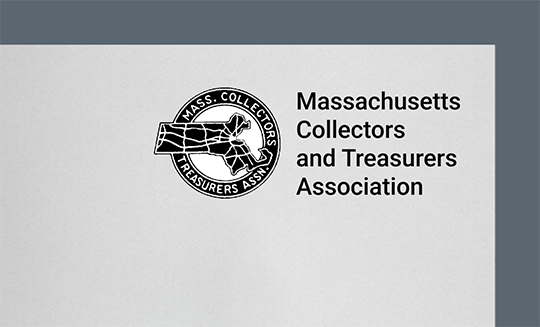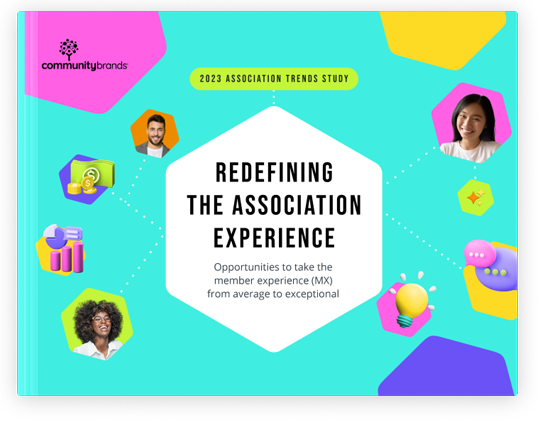These are exciting, yet challenging, times to run a business with models constantly disrupted all around us (see: Uber with taxis, Amazon with retail). We may now feel impending pressures to reinvent, innovate and/or transform in our fields and niches. These are part of the marching chants nowadays, and they’re accompanied with dire warnings: If you don’t take swift action, if you don’t radically change, you will ultimately fail.
“Sheesh. Why so gloomy? I thought these were exciting times?!”
Thankfully, there are others who believe another approach to innovation exists. They are smart people who and successful companies which have taken different, measured approaches we believe fit well with the cultural philosophies and more (much-needed) conservative viewpoints of associations.
We know it’s not easy to “disrupt” in the association space, and there’s a book that heartens you to know: “Hey, it’s not easy. We can go at this another way.”
In the book, “The Power of Little Ideas,” Wharton School Professor David Robertson challenges conventional wisdom of what a company should do to survive marketplace disruption. The popular opinion is to react accordingly to massive change with an equally transformative shift in how we operate.
Robertson not only disagrees with this, but he writes for us an entire book about why it will lead a company to bankruptcy (read: there’s major risk in radical change). He presents case studies about companies which have achieved success because they followed what he dubs the Third Way of innovation.
To summarize, here are the three major characteristics of the Third Way:
- Surround your products with complementary innovations which don’t take away from what they are known for—those things consumers love about them in the first place—but completes them so they are irresistible.
- Don’t isolate your innovative experience. Allow each creative endeavor to complement the other so it creates a rich and unified experience.
- Retain control by innovating around a product, not innovating an entirely new idea, which is typically difficult to manage and even harder to sell.
Robertson led the efforts of resurrecting The LEGO Group’s storied brand. (Sound like a familiar challenge?) We’ve highlighted his efforts (and will continue to share more of the book in coming blog posts).
LEGO’s story and the third way.
Founded in 1932 by Ole Kirk Kristiansen, the goal of LEGO was to please children with its craftsmanship. What became obvious was they weren’t producing and selling toys, but, instead, a creative “system of play” that thrilled and engaged children of all ages. The compatibility and self-lock system between LEGO bricks and its playful mini-figures (they call them minifigs) made LEGO a huge hit among children for decades. From 1978 – 1993, LEGO averaged 14% growth each year.
But, this golden age fell flat in 1993. Modern toys showing off the newest in technology and gadgetry brought fresh methods of play that made LEGO blocks look outdated—a nostalgic relic sold at yard sales. And as its patents expired, cheap competitors entered the market. All pretty overwhelming.
Here’s what LEGO did wrong in the face of this challenge:
- LEGO initially responded with what Robertson calls “binary thinking.” It took the strong approach of “disrupt or be disrupted.” And, the result was LEGO built more, increasing a total of 109 products in 1994 to 347 products in 1998. This brought immense complexity to manufacturing, yet, sales stayed flat and profits dropped. LEGO was burning cash, nearing a financial crisis.
- LEGO also moved its focus away from its LEGO brick, and, instead, devoted efforts on two new streams: A series of new toy lines in virtual LEGO-making and a line of pop culture themes from new feature-length movies. Sales lagged despite these efforts, and many within LEGO resisted these as major departures from its roots and culture.
Here’s what LEGO did right after its radical changes failed:
- LEGO went back to its roots and tried to regain an understanding of how children play.
- Instead of radically changing the iconic toy construction model, they introduced new, compelling storylines, starting with a new line of buildable action figures.
- What changed? LEGO pivoted, and instead of radical change, they launched new contexts, storylines, packaging and characters, all complementing imaginative play time, without losing its core concept of building blocks.
It was successful, so LEGO realigned its development organization with its new-found purpose to continue to build “compelling, story-driven construction playsets, surrounded by low-risk complementary innovations, brought to market by both LEGO and its external partners.”
So, let’s now take comfort in this and draw parallels to the association space.
Many organizations we meet with are challenged by a turbulent marketplace, and they have strong brands like LEGO. Although we may feel like we’re wearing yesterday’s glory, we can leverage our past and our core (maybe in our missions) to resurface and succeed.
Facing disruption with equally forceful change doesn’t bode well for most organizations. Instead, they should inspire us with plans which work for both the association culture and leadership, as well as the resources typically available to associations.
While we’ve shared an example in LEGO for now, we’d like to impart more upon you. We encourage you to get the book. Here’s a link. And, trust me when I say, we’re just providing the link; Mr. Bezos isn’t sending any referral checks our way.






